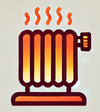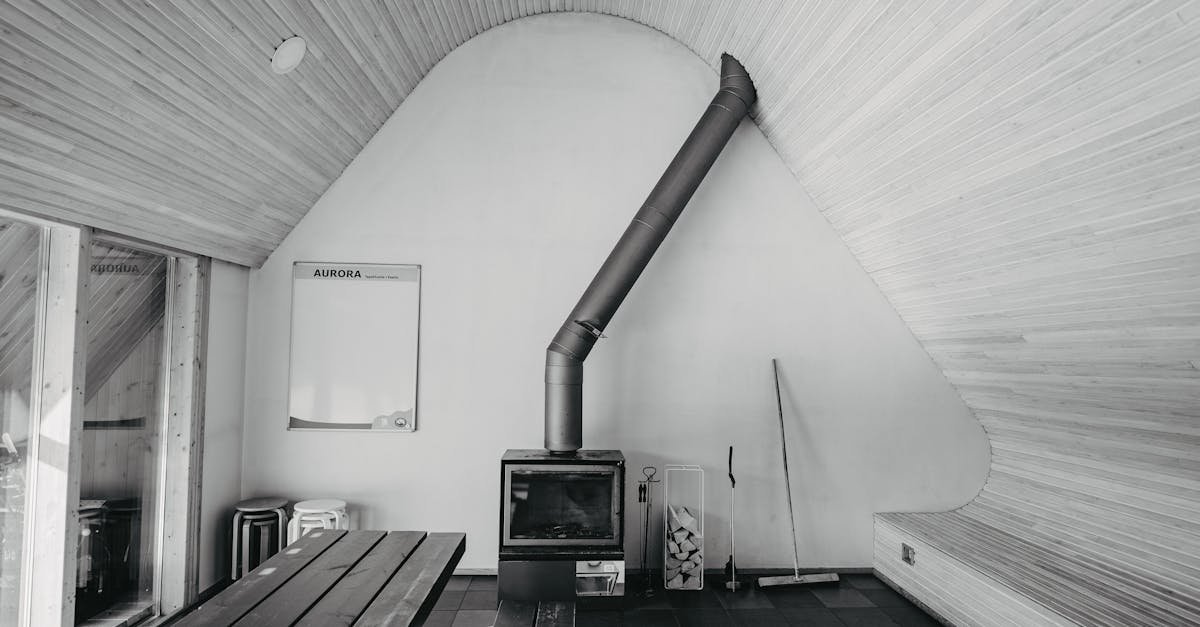Choosing the right propane tank size is crucial for efficiency and safety. For most residential uses, a standard 20-pound tank is ideal for grilling and outdoor heating. If you’re powering appliances in your home or running a larger system, consider a 100-pound or even a 500-gallon tank for continuous supply.
Understanding your specific needs helps you select the best tank size. Factors like usage frequency and the number of appliances will determine if you need a smaller or larger tank. This guide will help you navigate the options and find the perfect fit for your propane needs.
Understanding Propane Tank Sizes
Understanding propane tank sizes helps you choose the right tank for your needs. Different sizes serve various purposes, from home use to commercial and industrial applications.
Common Propane Tank Sizes
- 20 lb Tank:
- Dimensions: About 18 inches tall, 12 inches in diameter.
- Capacity: Holds around 4.6-5 gallons of propane when full.
- Common Uses: Suitable for home barbecues, patio heaters, and small outdoor equipment.
- 33 lb Tank:
- Dimensions: Roughly 2 feet tall, 1 foot in diameter.
- Capacity: Holds about 7.8-8 gallons of propane when full.
- Common Uses: Often used for forklifts, camper trailers, and temporary heating solutions.
- 100 lb Tank:
- Dimensions: Approximately 4 feet tall, 18 inches in diameter.
- Capacity: Holds about 23.6 gallons of propane when full.
- Common Uses: Ideal for home appliances and larger heating systems.
How Propane Tank Sizes Are Measured
Propane tank sizes are measured by weight or volume. Weight refers to the tank’s empty mass, while capacity indicates how much propane it can hold. Tanks can also be categorized by gallons. A 20 lb tank holds about 4.6 gallons, while a 500-gallon tank holds 500 gallons.
Knowing how tanks are measured helps you select the appropriate one for your needs. Evaluating your usage and the specific appliances in your home or business guides you to the right size.
Choosing the Right Propane Tank
Selecting the correct propane tank requires careful thought about your needs. Various factors and applications impact the ideal tank size for you.
Factors to Consider
- Usage and Appliances
Assess the number and type of appliances you plan to use. For instance, if you have multiple propane appliances such as a furnace, water heater, and stove, you’ll need a larger tank. A home with only a propane grill would suffice with a smaller, standard tank. - Home Size and Heating Needs
Evaluate your home’s size and your heating demands. Larger homes, especially in colder climates, require bigger tanks. The climate directly influences propane usage for heating. - Installation and Maintenance
Decide between an above-ground or underground tank. Above-ground tanks are often less expensive and easier to install. They also simplify maintenance. On the other hand, underground tanks offer a discreet appearance and better insulation against extreme temperatures.
- 20-Pound Tanks
Ideal for residential grilling, these tanks serve small applications efficiently. They’re easy to transport and refill. - 100-Pound Tanks
These tanks support medium-sized homes with several propane appliances. They’re suitable for heating water and fueling larger grills. - 500-Gallon Tanks
Designed for larger homes or heavy usage, these tanks are great for comprehensive heating needs. They often supply heat for furnaces and water heaters in colder climates.
Understanding the variations in propane tank sizes aids in matching them to your specific needs.
Propane Tank Size Comparison
Choosing the right propane tank depends on your specific usage. Understanding the differences between residential and commercial uses helps you make better decisions. Consider portability, installation requirements, and frequency of use when selecting a tank size.
Residential vs. Commercial Use
Residential tanks cater to home needs, typically featuring sizes like 20 lb and 100 lb. A 20 lb tank is perfect for barbecues and outdoor heaters, while a 100 lb tank suits larger appliances like water heaters and furnaces. In contrast, commercial tanks often involve larger capacities, like 500-gallon tanks, for applications such as warehouses, restaurants, or manufacturing. These tanks provide substantial propane for continual use and can meet high demand efficiently.
Portable Tanks vs. Permanent Installations
Portable tanks offer flexibility for outdoor events and temporary use. Tanks like the 20 lb and 33 lb options are easy to move and refill. They serve well for portable grills, heaters, and camping needs. Permanent installations, such as 100 lb and larger tanks, require more planning. These are typically installed for heating homes or powering multiple appliances, making them a long-term solution. Permanent tanks need proper placement and maintenance but provide continuous fuel for extensive use.
Safety Considerations
Safety plays a crucial role when using propane tanks. Ensuring proper installation and regular maintenance protects you and your property.
Proper Installation Guidelines
Install propane tanks according to local codes and regulations. Follow these guidelines:
- Location: Place tanks away from buildings, ventilation systems, and heavy traffic areas. Maintain proper clearance from sources of ignition.
- Grounding: Secure tanks on stable ground to prevent tipping. Ensure they’re protected from vehicle collisions or extreme weather.
- Ventilation: Ensure adequate ventilation in installation areas. This helps prevent gas buildup and keeps the environment safe.
- Professional Help: Hire licensed installers for permanent tanks. They ensure compliance with safety codes and standards.
Maintenance of Propane Tanks
Regular maintenance keeps propane tanks safe and efficient. Follow these steps:
- Inspection: Check tanks regularly for rust, dents, or leaks. Look for damage on valves and connections.
- Valves: Test valve operation to ensure they open and close properly. Replace malfunctioning valves immediately.
- Leak Detection: Use soapy water to test for leaks. Bubbles indicate escaping gas. If discovered, contact a professional immediately.
- Storage: Store tanks upright in a cool, dry place. Keep them shaded from direct sunlight to avoid pressure build-up.
By adhering to these safety precautions, you enhance your propane tank’s reliability and safety.
Conclusion
Choosing the right propane tank size is crucial for optimizing efficiency and ensuring safety in your home or business. By understanding your specific needs and usage patterns you can make an well-informed choice that best suits your lifestyle. Whether you’re grilling in the backyard or powering essential appliances a properly sized tank will enhance your experience.
Remember to consider factors like the number of appliances and the space available for installation. Prioritizing safety through proper installation and regular maintenance will keep your propane usage reliable and secure. With the right tank in place you can enjoy the benefits of propane with peace of mind.







